Fears that a second wave is upon us comes as authorities consider imposing new lockdown measures and how best to curb the infection rate at a critical moment just days before the mass movement of people occurs at the end of August with the end of the holiday period.
Authorities have still not outlined how schools can safely reopen at the start of the academic year in early September and where new measures will have to be imposed to limit class sizes, ensure social distancing in the class room, and keep both teachers and pupils safe.
But each of Spain's regions is facing different challenges as some struggle to contain new infections while other provinces remain largely virus free.
The map below shows the 14-day COVID-19 case notification rate per 100 000 in each region, according to the latest data published on August 20th.
Spain is top of the list of EU/EEA countries for the number of new cases per population size according European Centre for Disease Protection and Control (ECDC) with Spain currently the only country listed with more than 100 new cases per 100,000.
In fact the 14-day accumulated incidence of coronavirus cases registered in Spain now stands at 152.7 cases per 100,000 inhabitants up from 132.2 a week ago.
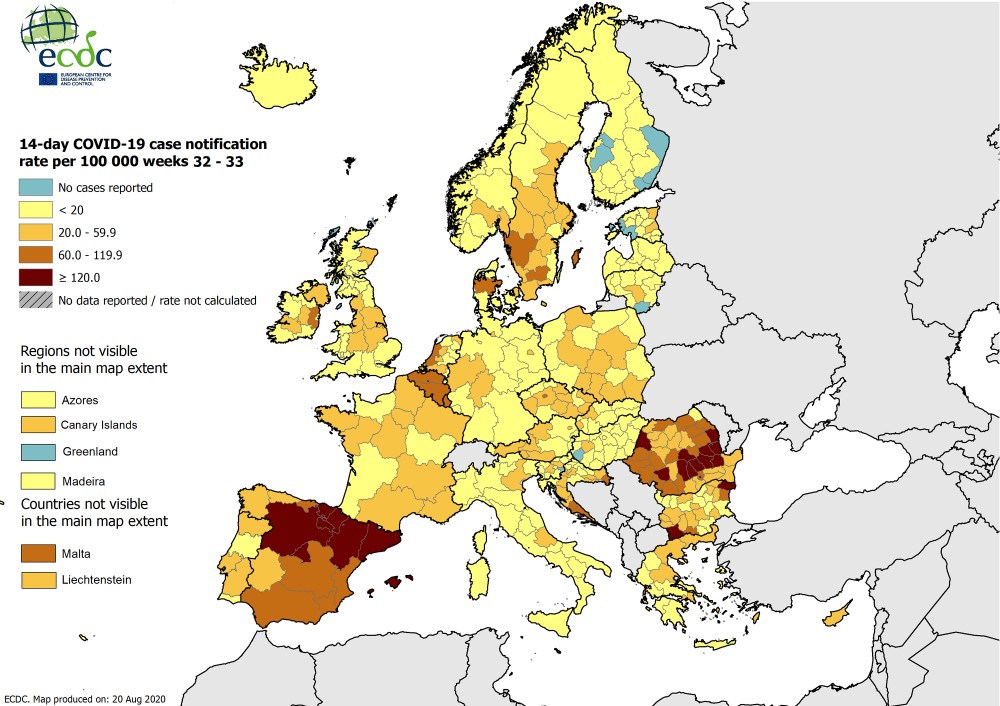


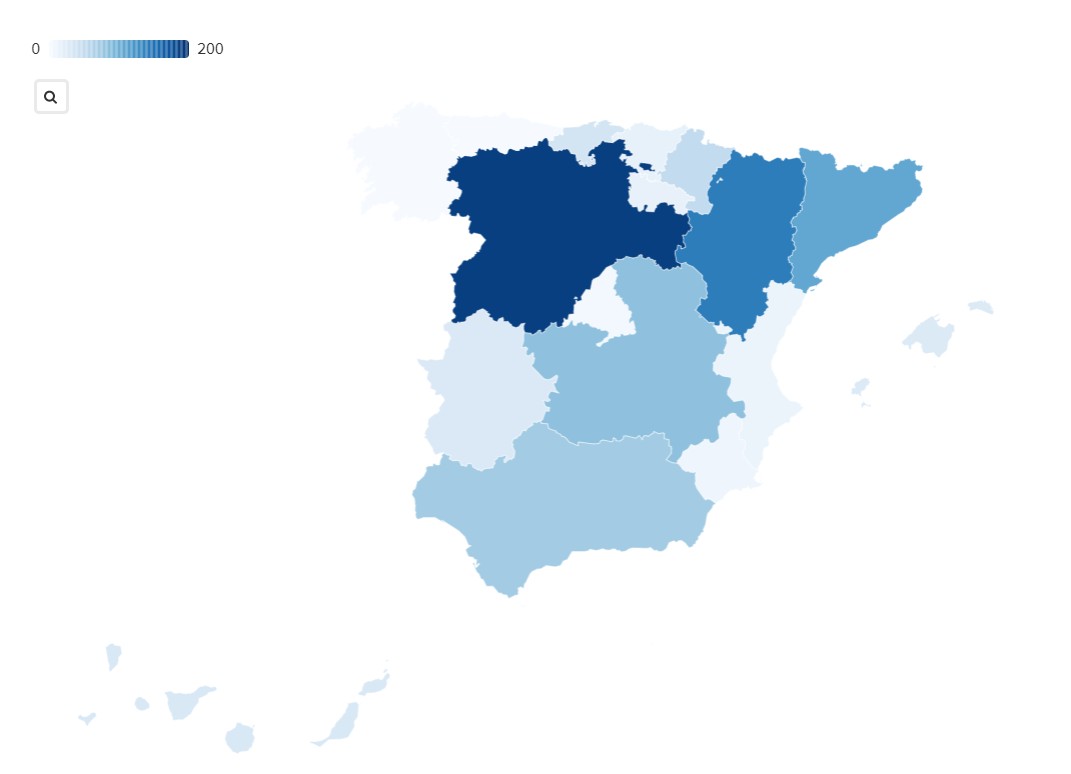
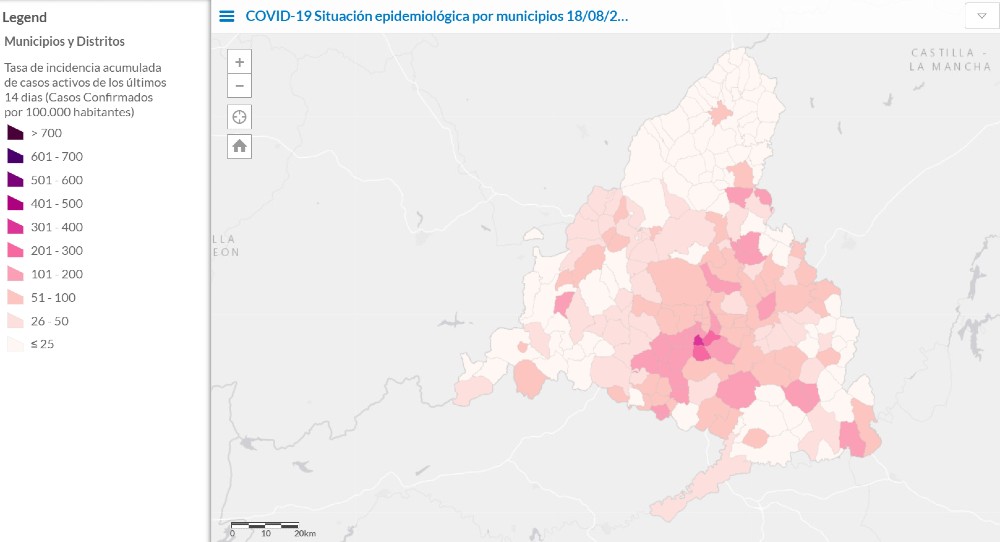
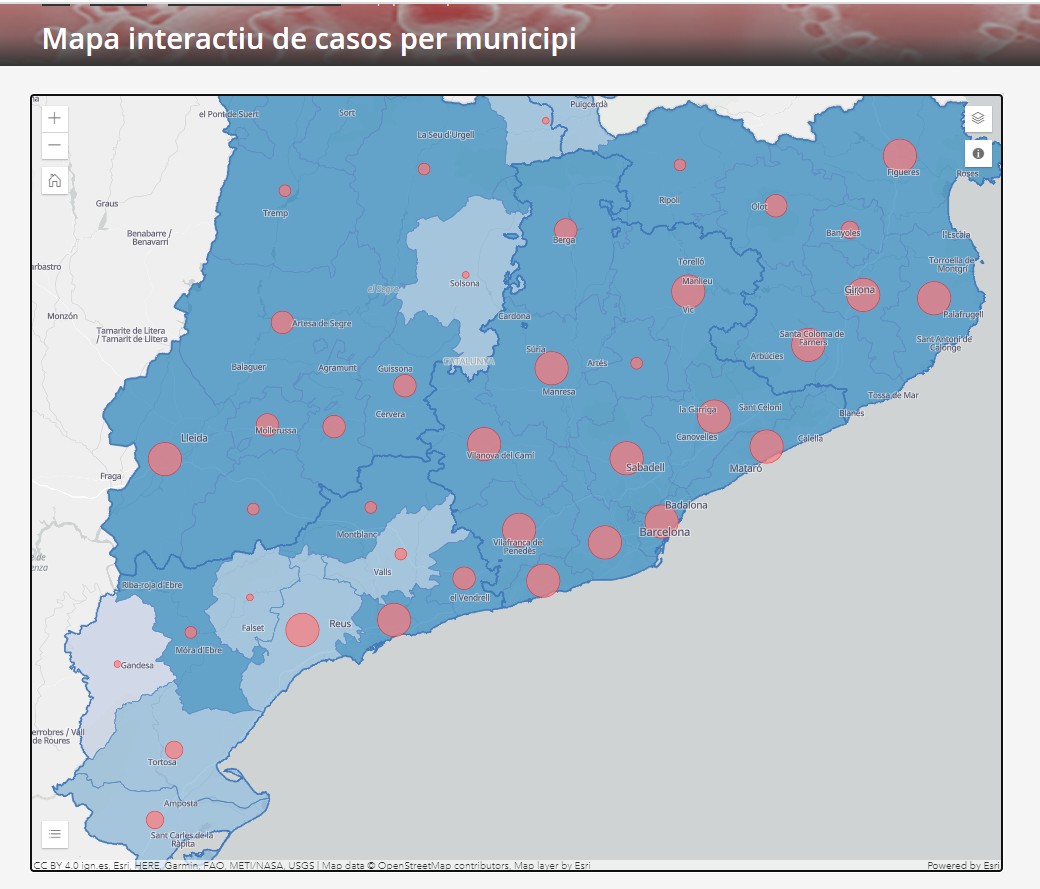
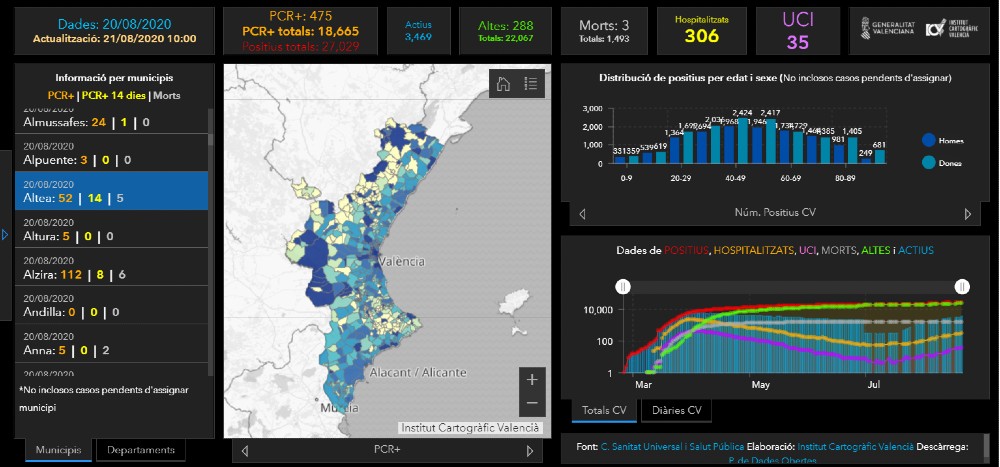
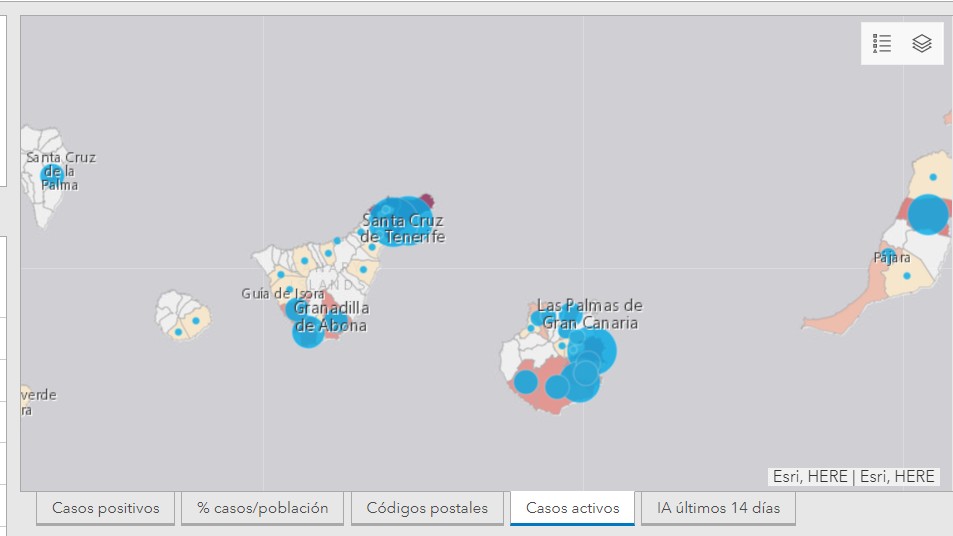
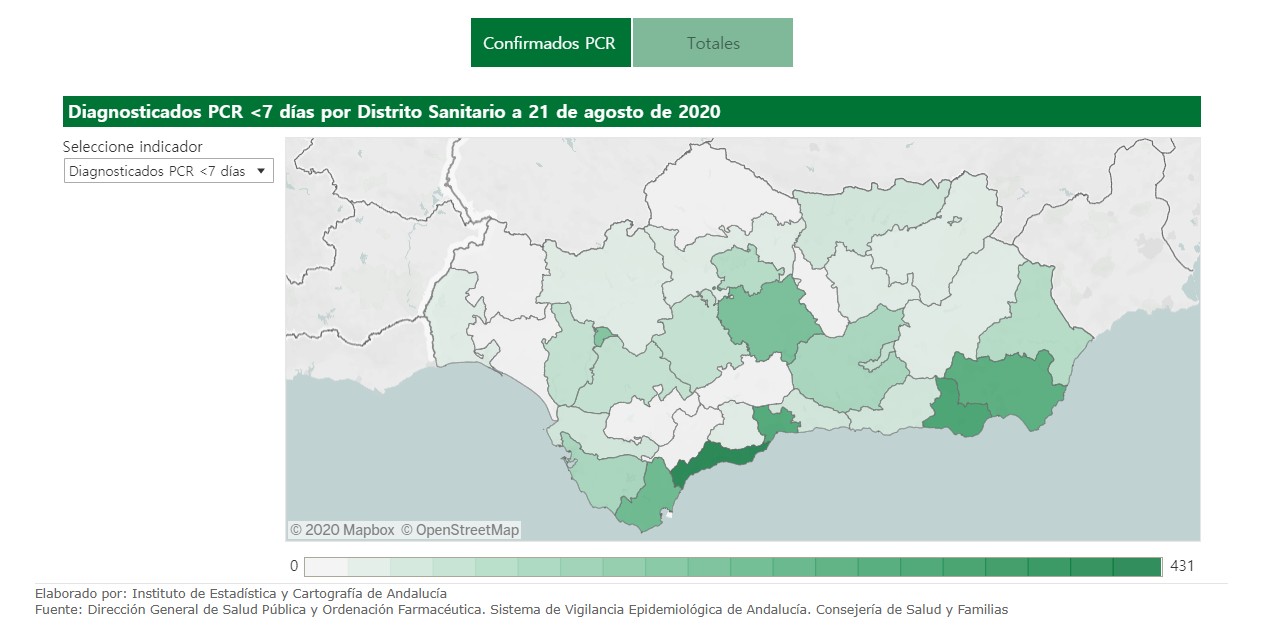
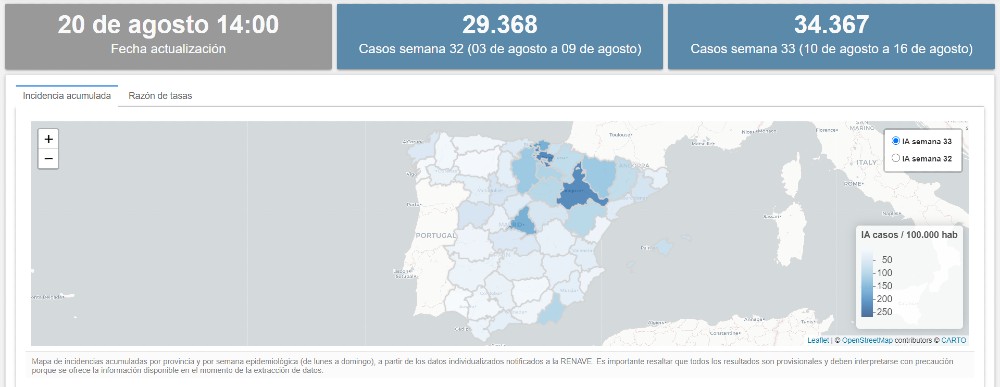
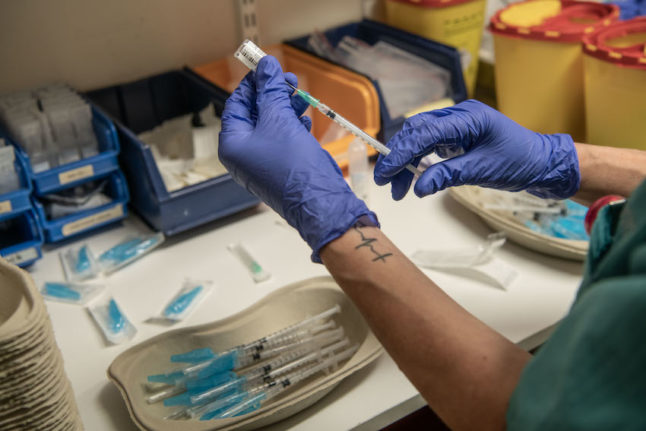
 Please whitelist us to continue reading.
Please whitelist us to continue reading.
Member comments